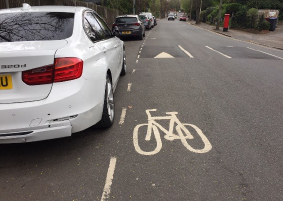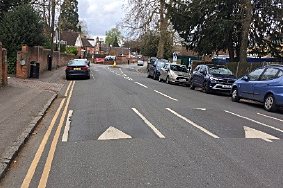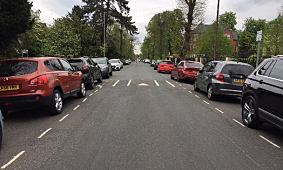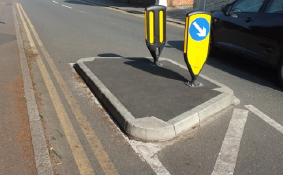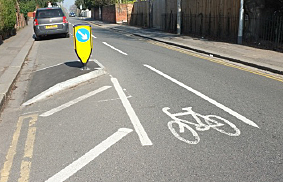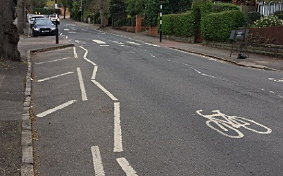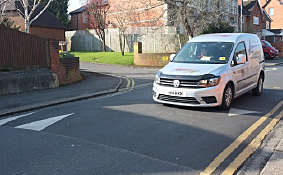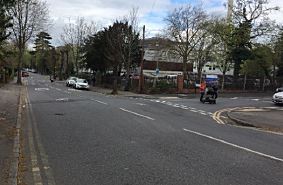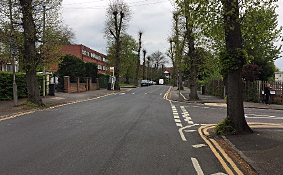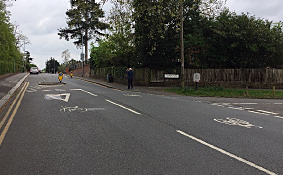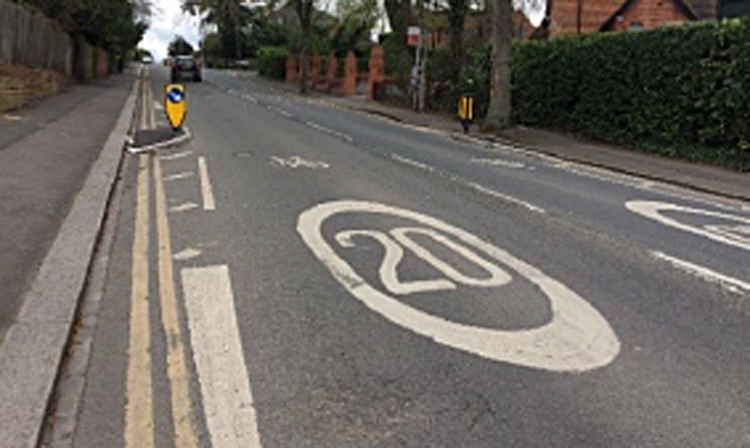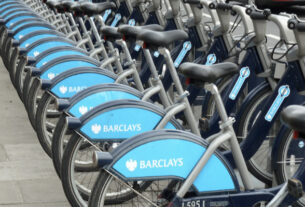We welcome the implementation of traffic calming schemes to improve conditions for cyclists and pedestrians. However, the Redlands Road Area scheme falls way short of providing decent conditions.
We make the following general and detailed suggestions for this scheme, and we also request that these points are borne in mind for future traffic calming schemes. Maybe a guidance note for the designers needs to be provided?
The scheme consists mainly of speed cushions which normally give a poor service for cyclists and pedestrians. Vehicle speeds vary considerably over cushions depending on vehicle type and cushion positioning.
Also speed reduction is not at the road junction, the most critical point, or at pedestrian crossing locations. Up to date design guidance including LTN 1/20 Cycling Infrastructure Design Section 7.6.8, and also in Manual for Streets 2 where tight junctions with direct crossings are recommended.
A range of problems occur on the Redlands Road scheme and some of these are listed below:
- Speed-cushions should be aligned so that cyclists will not normally have to ride over then. They are very uncomfortable to cycle over at more than 10mph (photo 1).
- Speed-cushions should be placed so that cyclists are not encouraged to cycle in an unsafe position (photos 2 and 3).
- Adequate width cycle by-passes should be provided to road-narrows where possible (photo 4).
- Kerb build-outs should not adversely affect cyclists (photos 5, 6 and 7).
- Speed-cushions fail to provide any assistance for pedestrians to cross the road; flat-topped humps and entry-treatments are far preferable (photos 9 and 10).
- Zebra and other crossings would be better sited close to junctions, which would be consistent with the revised Highway Code requesting motorists to give way at junctions (photos 9 and 10).
- A mini roundabout at the Redlands Road junction with Addington Road would help slow traffic and facilitate turning movements (photo 9).
- Priority for cycle provision should normally be on uphill sections (photo 11).
An article on Traffic Calming for Pedestrians and Cyclists included in the Spring 2022 edition of RCC’s CycleReading – read the post https://readingcyclecampaign.org.uk/traffic-calming/) – gives further information on cycle and pedestrian friendly measures.
RCC would be happy to discuss this subject with RBC Councillors and Officers to try to agree best-design practice and procedures.
Joe Edwards
RCC Chairman
